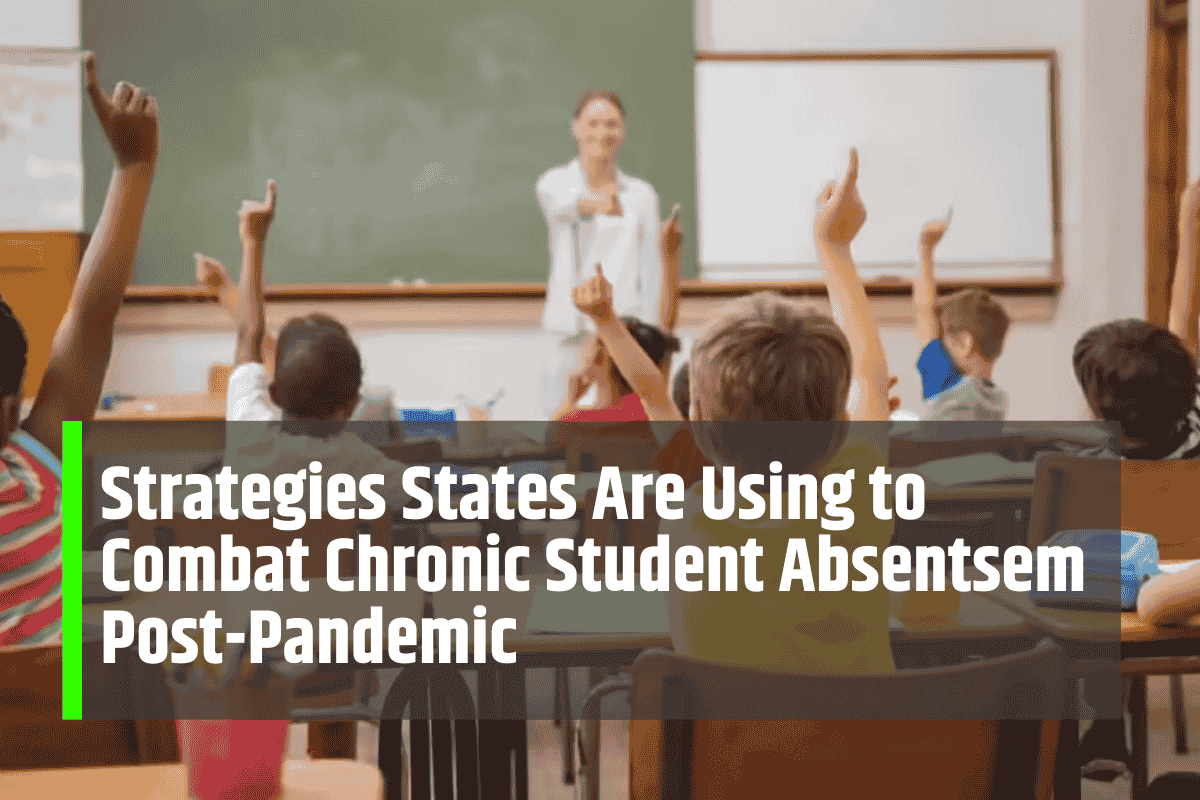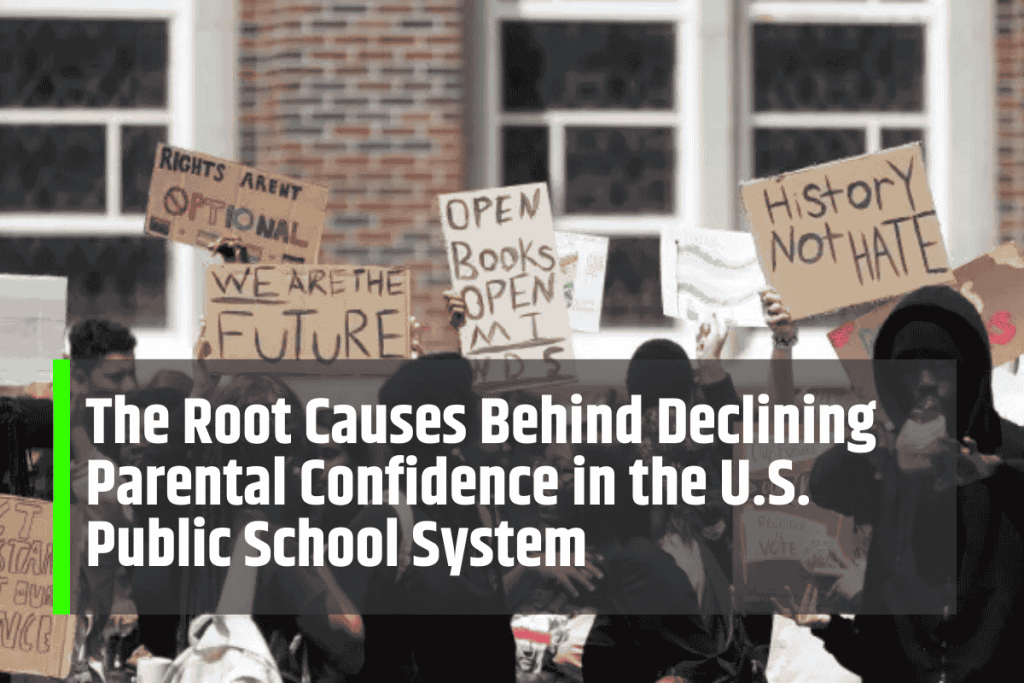The COVID-19 pandemic has had a lasting impact on education, with chronic absenteeism rates rising sharply in the United States. From 15% in 2018-19, the percentage of K-12 students who were chronically absent nearly doubled to 28% in 2021-22. While there has been a slight decline, absenteeism rates remain significantly higher than pre-pandemic levels, prompting states to adopt strategies to reduce this issue.
Comprehensive Data Collection and Analysis
Understanding the scope of absenteeism is the first step in addressing it. States like New Jersey and Connecticut have standardized definitions of chronic absenteeism, identifying it as missing 10% or more of school days. Schools are required to track and report attendance data, enabling them to recognize patterns and create tailored interventions.
Connecticut, for instance, mandates that schools with high absenteeism rates develop attendance improvement plans with input from parents and families.
Enhanced Family and Community Engagement
Recognizing the critical role of family involvement, many states have focused on strengthening relationships with families and communities. California’s $4.1 billion community schools initiative highlights this approach. Schools such as Buena Vista Horace Mann and Elk Hills Elementary engage families through home visits, phone calls, and text messages to promote regular attendance.
Partnerships with community organizations also provide additional support services, such as housing assistance and mental health counseling.
Addressing Structural Barriers
Structural barriers, such as transportation and health issues, significantly contribute to absenteeism. In Bridgeport, Connecticut, the state intervened to restore full school bus services, reversing a previous decision to eliminate free busing. This action aimed to reduce absenteeism, especially for students who would face additional challenges accessing education without reliable transportation.
Implementing Tiered Support Systems
A tiered approach to addressing absenteeism has been implemented in states like New Jersey and California. This model includes universal strategies, such as attendance incentives and mentorship programs, alongside targeted interventions, including home visits and referrals to community resources. By offering differentiated support, schools ensure that each student receives the appropriate level of assistance based on their specific needs.
Promoting Student Engagement and Relevance
To combat disengagement, states emphasize making education relevant and engaging. In Danbury, Connecticut, the expansion of the Career Academy model at Danbury High School provides hands-on, real-world learning opportunities.
Programs like environmental technology, developed in collaboration with industry experts, offer students practical experience and internships, linking education with future career possibilities and fostering greater student engagement.
Leveraging Technology for Communication
Technology has proven useful in maintaining communication between schools and families. Tools such as text message reminders and automated calls inform parents about their children’s attendance, providing timely nudges to encourage regular participation. These digital communications help families take proactive steps in addressing absenteeism and keeping students on track.
Chronic student absenteeism remains a significant challenge in the post-pandemic educational landscape. However, through comprehensive data analysis, enhanced family and community engagement, addressing structural barriers, implementing tiered support systems, promoting student engagement, and leveraging technology, states are making progress in reducing absenteeism rates.
Continued collaboration among educators, families, and communities is essential to ensure that all students have the opportunity to succeed academically.











Leave a Comment